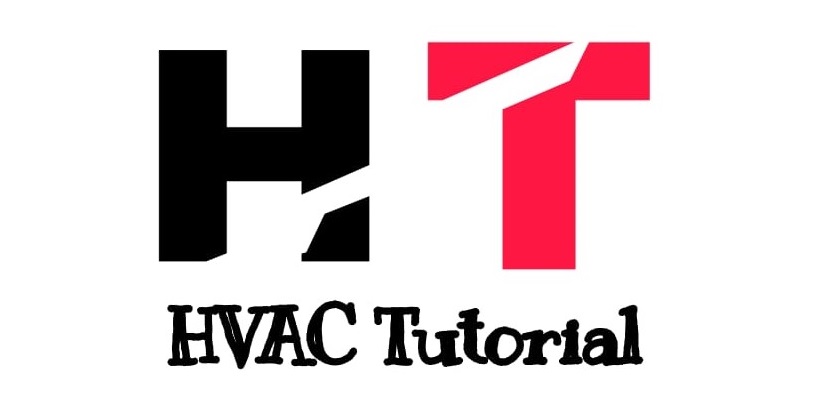Comprehensive Guide to Installing Fire Extinguishers: Ensuring Safety and Compliance
Comprehensive Guide to Installing Fire Extinguishers: Ensuring Safety and Compliance
Fire extinguishers are indispensable tools in fire safety, providing the first line of defense against small fires before they escalate. Proper installation is critical to ensure accessibility, functionality, and compliance with safety standards. This guide delves into the intricacies of fire extinguisher installation, covering planning, placement, mounting, and maintenance.
Understanding Fire Extinguishers: Types and Applications
Before installation, it’s essential to understand the types of fire extinguishers and their uses:
- Class A: For ordinary combustibles like wood, paper, and cloth.
- Class B: For flammable liquids such as gasoline, oil, and grease.
- Class C: For electrical fires involving live electrical equipment.
- Class D: For combustible metals like magnesium and titanium.
- Class K: For kitchen fires involving cooking oils and fats.
Multi-purpose extinguishers (e.g., ABC-rated) are common in residential and commercial settings, while specialized extinguishers are used in industrial or high-risk environments.
Pre-Installation Planning: Laying the Foundation
- Assessing Fire Risks:
- Identify potential fire hazards in the building (e.g., kitchens, electrical rooms, storage areas).
- Determine the appropriate type and size of extinguishers for each area.
- Regulatory Compliance:
- Follow guidelines from the National Fire Protection Association (NFPA 10) and local fire codes.
- Ensure extinguishers meet OSHA and UL standards.
- Quantity and Placement:
- Install extinguishers within 75 feet of any point in a commercial building.
- Place one extinguisher per floor in residential settings, near high-risk areas like kitchens and garages.
- Accessibility and Visibility:
- Ensure extinguishers are easily accessible and unobstructed.
- Use signage to mark their locations clearly.
Materials and Tools: What You’ll Need
- Fire Extinguishers: Choose the appropriate type and size for each location.
- Mounting Brackets: Wall-mounted or cabinet-mounted options.
- Signage: Clear, durable signs indicating extinguisher locations.
- Tools: Drill, screws, anchors, level, and measuring tape.
- Safety Gear: Gloves, goggles, and a dust mask for drilling.
Step-by-Step Installation Process
1. Selecting the Right Location
- Height: Mount extinguishers 3.5 to 5 feet above the floor for easy access.
- Proximity: Place near exits or escape routes but not directly in the path of evacuation.
- Environment: Avoid areas with extreme temperatures or corrosive substances that could damage the extinguisher.

2. Mounting the Extinguisher
- Wall-Mounted Extinguishers:
- Use a mounting bracket designed for the extinguisher’s size and weight.
- Mark the drill points on the wall using a level to ensure alignment.
- Drill holes and insert anchors for stability.
- Secure the bracket with screws and attach the extinguisher.
- Cabinet-Mounted Extinguishers:
- Install fire-rated cabinets in high-traffic or high-risk areas.
- Ensure the cabinet is securely anchored to the wall.
- Place the extinguisher inside and ensure the cabinet door opens easily.
3. Installing Signage
- Use photoluminescent or reflective signs to mark extinguisher locations.
- Place signs at eye level and ensure they are visible from a distance.
4. Securing the Extinguisher
- Use safety pins or tamper seals to prevent unauthorized use.
- Ensure the extinguisher is firmly seated in the bracket to prevent dislodging.
Testing and Commissioning: Ensuring Functionality
- Visual Inspection:
- Check for physical damage, corrosion, or leaks.
- Verify the pressure gauge is in the green zone.
- Operational Testing:
- Conduct a discharge test to ensure the extinguisher functions correctly.
- Check the hose and nozzle for blockages or damage.
- Certification:
- Obtain a certification tag from a licensed technician after installation.
- Document the installation date and inspection results.
Maintenance and Inspection: Sustaining Readiness
- Monthly Inspections:
- Check the pressure gauge, tamper seal, and physical condition.
- Ensure the extinguisher is accessible and unobstructed.
- Annual Maintenance:
- Have a certified technician inspect and service the extinguisher.
- Recharge or replace extinguishers as needed.
- Record-Keeping:
- Maintain logs of inspections, maintenance, and replacements.
- Keep records readily available for fire safety audits.
Common Challenges and Solutions
- Improper Placement:
- Challenge: Extinguishers placed too high, too low, or in inaccessible areas.
- Solution: Follow NFPA guidelines for height and proximity.
- Environmental Damage:
- Challenge: Extinguishers exposed to extreme temperatures or corrosive substances.
- Solution: Use weatherproof cabinets or relocate extinguishers to protected areas.
- Tampering or Theft:
- Challenge: Unauthorized use or removal of extinguishers.
- Solution: Install tamper-proof seals and secure cabinets.
Innovations in Fire Extinguisher Technology
- Smart Extinguishers:
- Equipped with IoT sensors to monitor pressure and send alerts for maintenance.
- Eco-Friendly Agents:
- Use clean agents like FK-5-1-12, which are non-toxic and environmentally safe.
- Compact Designs:
- Lightweight, portable extinguishers for vehicles, RVs, and small spaces.
Conclusion: A Vital Component of Fire Safety
Proper installation of fire extinguishers is a cornerstone of fire safety planning. By adhering to regulatory standards, selecting the right equipment, and maintaining vigilance through regular inspections, you can ensure your extinguishers are always ready to protect lives and property.
Final Checklist for Fire Extinguisher Installation
- Assess fire risks and select appropriate extinguisher types.
- Follow NFPA 10 and local fire codes for placement and quantity.
- Mount extinguishers at the correct height and ensure accessibility.
- Use clear signage to mark extinguisher locations.
- Conduct regular inspections and maintenance.
- Keep detailed records for compliance and audits.
By following this guide, you can install fire extinguishers with confidence, knowing they will perform effectively in an emergency. Stay safe, stay prepared!
This blog post provides a detailed, actionable guide to fire extinguisher installation, ensuring it is both informative and optimized for readability. Let me know if you need further refinements! 😊
- #FireSafety
- #FirePrevention
- #FireProtection
- #SafetyFirst
- #EmergencyPreparedness
- #FireSafetyTips
- #StaySafe
- #FireAwareness
- #SafetyMatters
- #FireDrill
